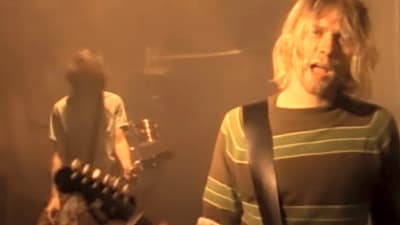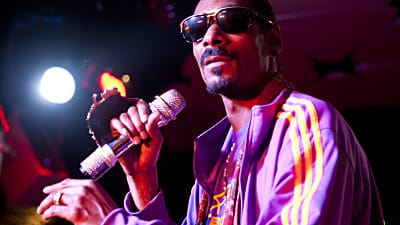Marvel’s Ghost Rider: Spirits of Violence #1 arrives with an eye-catching premise: Johnny Blaze facing a supernatural plague of vengeance spirits haunting the world. On paper, it promises heavy metal spectacle, infernal horror, and a good dose of flaming skull action. But does it actually deliver—or does it leave readers stranded in a hellfire bait and switch?
A Promising Hook
The issue wastes little time setting up its premise. In a preview from Marvel Comics:
“Johnny Blaze, Danny Ketch, Robbie Reyes, Kushala, Fantasma, Hellverine and more! Ghost Riders unite! When a strange group of new villains set their sinister plan in motion, Ghost Riders past, present and future must combine forces to save the world. But just who is the Spirit of Violence, and what horrors do they bring from Johnny Blaze’s and Danny Ketch’s pasts? Forget everything you thought you knew about Ghost Rider! The most climactic ride in history starts here!”
There’s also potential in the emotional stakes—the spirits prey on suffering, a mirror for Blaze’s own tortured existence. This is fertile ground for character-driven storytelling, and readers come in expecting a grim, emotional battle.
Execution Stumbles

Unfortunately, much of that promise fizzles in execution. Rather than exploring Johnny Blaze’s psyche or grounding the story in his struggle, the issue spreads itself thin across lore dumps and side characters. The titular “Spirits of Violence” are introduced more as a gimmick than as fully realized antagonists. They’re creepy, sure, but they lack the menace or individuality that would make them memorable foes.
Pacing is another stumbling block. Scenes often rush from exposition to conflict without giving characters or readers a chance to catch their breath. Instead of dread and atmosphere—a hallmark of Ghost Rider at his best—the issue leans heavily on surface-level action that feels more flashy than frightening.
Art and Atmosphere
On the visual side, the book does fare better. The art captures Ghost Rider’s trademark infernal energy: hellfire chains whip across panels, skulls blaze with searing light, and the spirits themselves drip with monstrous detail. The aesthetic choices are clearly meant to evoke horror, but they sometimes clash with the more traditional superhero storytelling beats.
Still, Ghost Rider himself looks as menacing and iconic as ever. Readers who pick up the issue just for the spectacle won’t leave entirely disappointed.
The Bait and Switch?
The title and solicitation led many to expect a horror-tinged one-shot that would dig into the darker corners of Ghost Rider mythology. Instead, the issue feels like a halfway step—too shallow to satisfy horror fans, too scattered to grip superhero readers. What begins as a compelling concept ends up more like a setup issue than a fully realized story.
That’s where the “bait and switch” feeling comes in: the spirits themselves are more window dressing than central threat, leaving Johnny Blaze underused in what should be his own showcase.
Verdict
Ghost Rider: Spirits of Violence #1 isn’t without merit. Its visuals sizzle, and the core idea of wrath-feeding spirits has real potential. But the storytelling never digs deep enough to justify the hype. For longtime Ghost Rider fans, it’s a curiosity worth flipping through, but newcomers might find themselves disappointed by the imbalance of promise versus payoff.
More must-reads:
- The 20 most beloved TV grandparents of all time
- ‘9-1-1’ star Ryan Guzman reflects on Eddie’s journey leading up to Season 9 in exclusive interview
- 20 horror movies where the villain is best part
Breaking News
Trending in Entertainment
Customize Your Newsletter
 +
+
Get the latest news and rumors, customized to your favorite sports and teams. Emailed daily. Always free!






